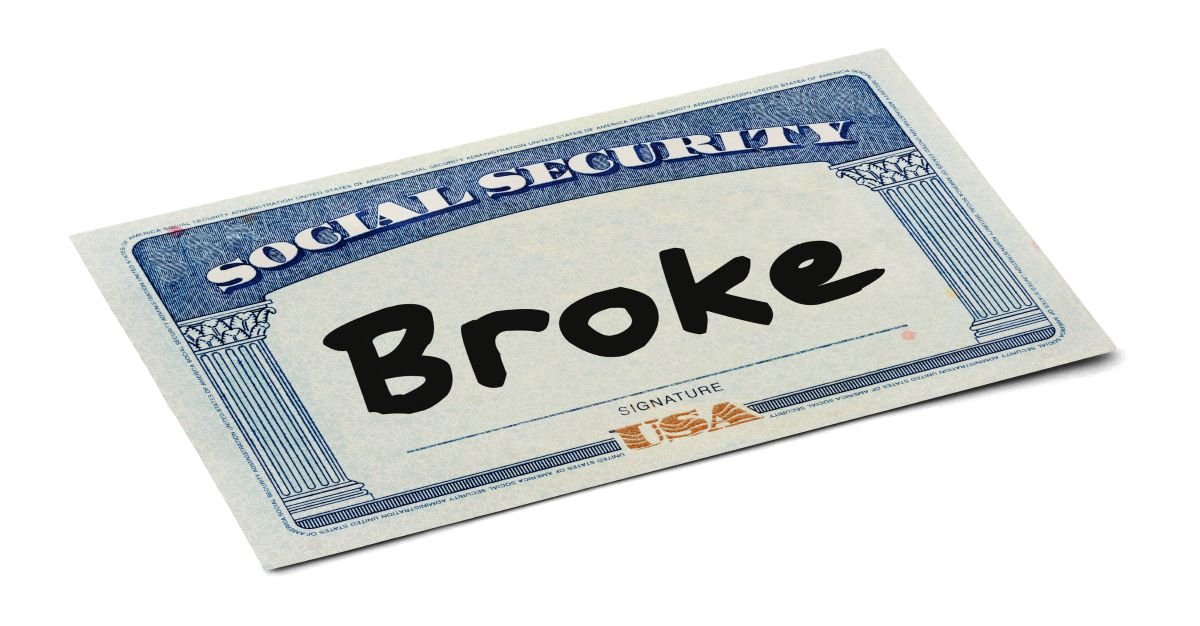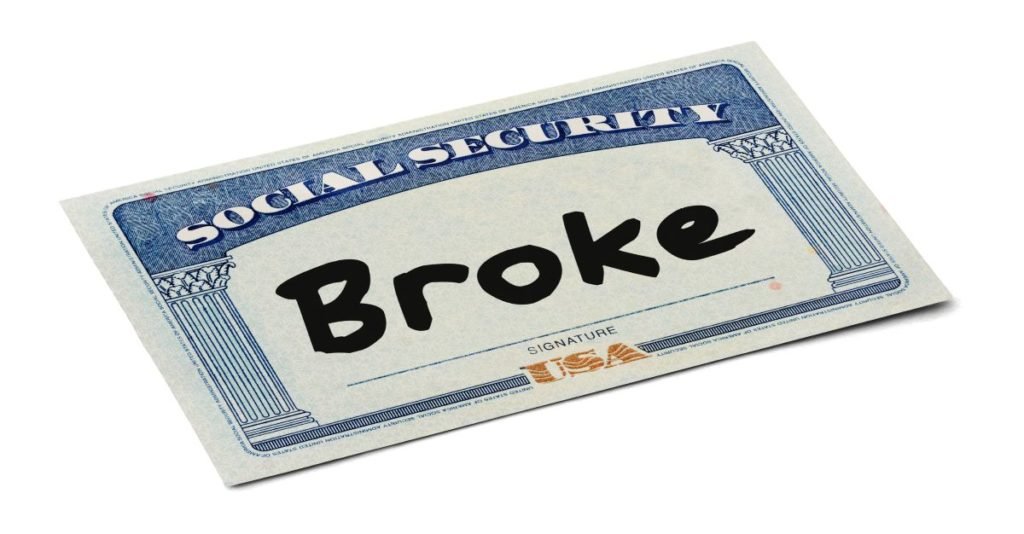Global cooling was the big fear in the early 1970s, believe it or not.
Experts in climate, ecology, and geology from top universities like Stanford and Brown all seemed to form a consensus that a new ice age would be upon us by 2020.
By 1988, the major fear had shifted to global warming, with United Nations experts predicting entire countries would be underwater by the year 2000, due to melting ice caps.
In 2002 scientists predicted that there would be a catastrophic worldwide famine within a decade if everyone didn’t give up eating meat.
In 2008, climatologists said the Arctic would be free of ice by 2018– Al Gore said the ice would be gone by 2013.
Please don’t misunderstand– I don’t ‘deny’ climate change. In fact I put my money where my mouth is with solar panels and plenty of other sustainability measures.
Plus one of my primary businesses is agriculture, and our own data shows that the climate is changing. It’s no small matter.
But taking climate change seriously is a far cry from overblown predictions that the world is going to end in a few years.
Case in point: the climate change scaremongering has become so extreme that it’s affecting people’s decisions about whether or not to have children.
A 31-year-old woman recently told researchers “Climate change is the sole factor for me in deciding not to have biological children. I don’t want to birth children into a dying world [though] I dearly want to be a mother.”
14% of surveyed Americans between the age of 18 and 44 said that they are choosing to NOT have children, specifically BECAUSE of climate change.
In another survey, 6% of parents said they regretted having children because they are “terrified that they will be facing the end of the world due to climate change.”
Perhaps the biggest proof, though, is in the data. Women in advanced countries are having fewer babies than ever before.
The fertility rate is the average number of babies a woman has over the course of her life.
And since men cannot have babies (despite what you might have heard from ‘scientists’) the fertility rate has to remain over 2 children per woman in order to keep population levels stable.
The fertility rate has collapsed to about 1.7 in the United States, 1.55 across Europe, and 1.4 in Japan. It has even dipped below 1 in places like Singapore and South Korea.
And even though climate change is a cause for concern, all the fear mongering that is now affecting fertility rates has created another major catastrophe:
Who is going to take care of the aging population?
Retirement programs like Social Security depend on there being about 3 workers paying into the system to support every single retiree drawing benefits.
Even the Social Security Administration acknowledges that its trust funds will be depleted by 2035, and there will not be enough workers paying into the system to support the number of retirees.
(Update: Due to COVID-19’s economic impact, the data now suggest that Social Security’s trust funds will be depleted as early as 2029.)
And it’s a similar story throughout the world. Most retirement systems require a steadily growing population of workers to be able to pay pension and social security benefits to retirees.
But with so many people choosing to NOT have children (often due to climate change fears), it will become impossible to maintain that steadily-growing work force in the future.
Simply put, in 20-30 years, there won’t be enough workers anymore to pay retirement benefits.
It’s amazing that almost nobody is talking about this.
Climate change is a major topic. Politicians talk all the time about their bold plans to save the world.
But you rarely hear anyone talking about Social Security. Or if they do, they think they can tweak a tax rate or two, and poof, problem solved.
Sorry, but this is a $50+ TRILLION dollar problem, and that’s just in the United States. They can’t simply write a check and be done with it.
I feel compelled to write about this topic from time to time to remind our readers that retirement is a ticking timebomb… and one that the government cannot diffuse. In fact they’re ignoring it altogether.
But the good news is that you don’t have to wait for some politician to save the day; you can secure your own retirement all by yourself.
That could mean researching retirement destinations with a lower cost of living, slashing fees in your retirement account, or taking advantage of robust structures like a solo 401(k) or SEP IRA to maximize contributions to your retirement account.
Those structures are especially interesting because you can contribute over $60,000 per year in certain cases to your retirement. Plus you can invest in a much wider variety of assets, like real estate, cryptocurrency, and private equity.
And in the case of a solo 401(k), you may actually be able to borrow some money from your own retirement plan without penalty.
You could even make these contributions with money you earn on the side, including a small business you run from your home.
There are plenty of steps you can take, large and small, to secure your retirement. But the most important thing is to acknowledge that this is a real problem that’s not going to magically disappear.
Every year that goes by is one year closer to a major retirement crisis– now potentially just 9 years away. So it’s crucial to take action soon.









